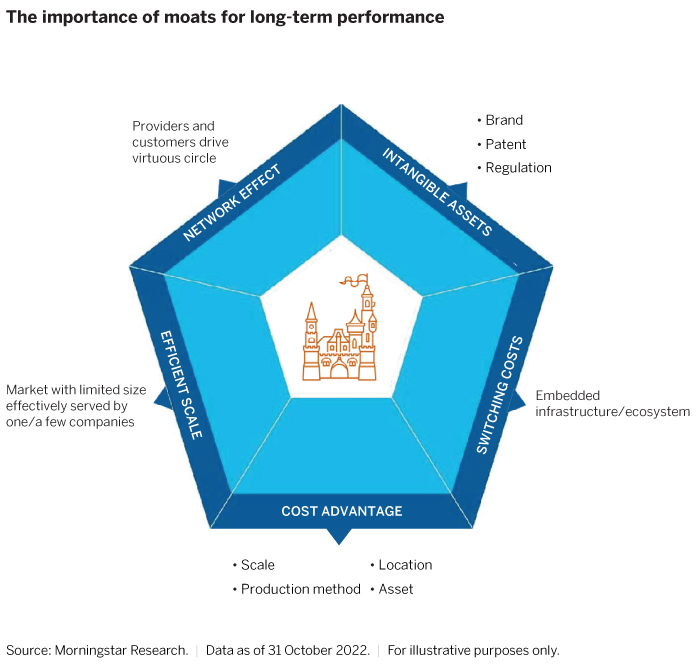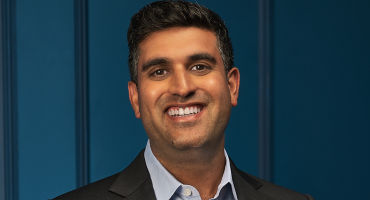Identifying opportunities
While accidents along the way cannot be excluded given today’s geopolitical instability and the impact of reduced liquidity, from my perspective this environment does not imply the full-scale default cycle that the market is anticipating. Based on current price and spread levels, market participants are forecasting a 5-year cumulative breakeven default rate of approximately 41%1 in European high yield, which, if realised, would be the largest default rate on record. I consider these default projections as overly punitive, particularly given credit fundamentals for euro high-yield issuers remain intact. Instead, I expect the 5-year cumulative default rate to be more in line with the historical average (approximately 16%), suggesting there may be opportunities to add to solid high-yield issuers at attractive price levels.
What’s more, following the sell-off this year, valuations have fallen back to historically attractive levels, creating a more attractive entry point for long-term investors, particularly given the level of excess return potential. Figure 1 depicts the 3-year forward excess return expectations at various spread levels. At current levels of between 485 and 768 basis points, euro high-yield fixed income has historically generated excess returns, relative to duration-equivalent government bonds of over 7% on a 3-year forward-looking basis.
















